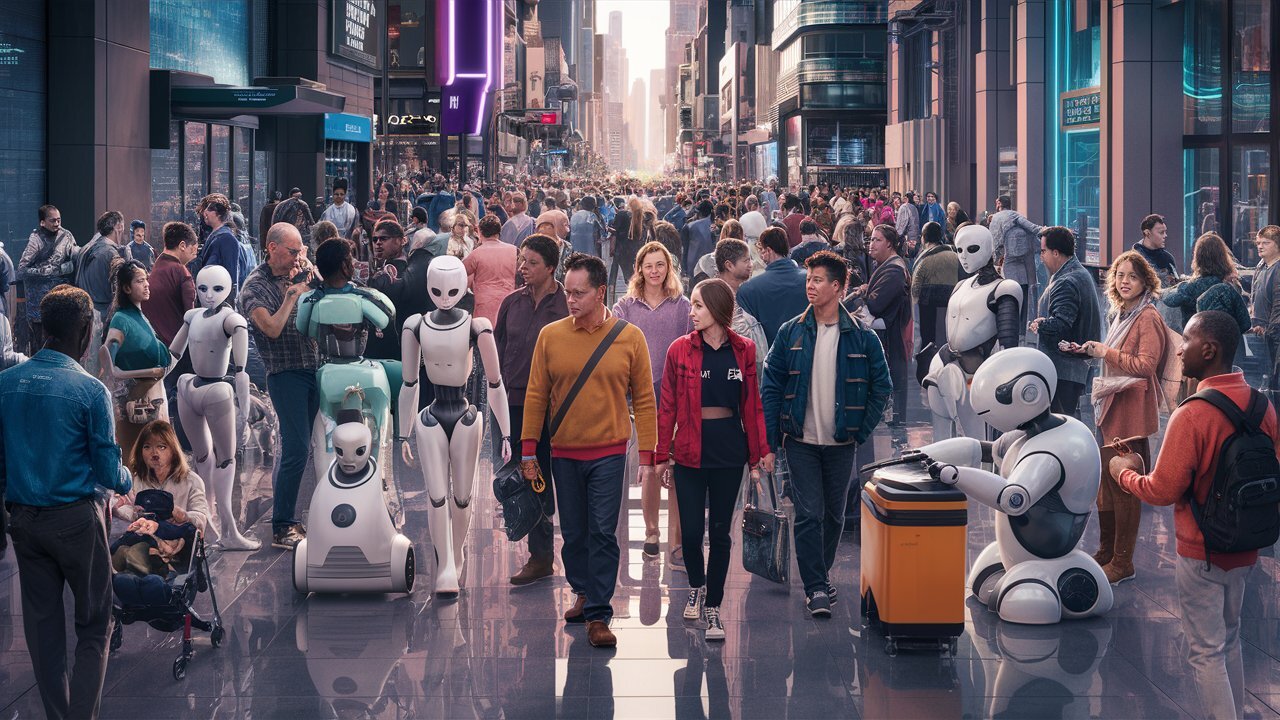According to Professor Gross, robots will increasingly operate in human environments such as factories, hospitals and disaster areas. However, the problem of safe and efficient navigation in dense crowds has not yet been fully resolved.
In the research, scientists from TU and the University of Sheffield simulated groups of robots encountering different types of crowds. They tested three behavioral strategies: standalone, where each robot acts independently. Collaborative, where robots form a line and follow the leader, and adaptive, which allows robots to switch between the first two strategies depending on the situation.
The results of the simulations showed that the cooperative strategy disturbed the crowd the least and worked more effectively in “dense” crowds. The independent strategy was more successful when there were few people. The adaptive strategy combined the advantages of both and showed excellent results in different scenarios.
Scientists plan to develop formal safety methods and conduct tests in real-world conditions. This will allow robots to determine people’s locations in real time and safely interact with crowds, even if individual behavior may vary.
Source: Ferra
I am a professional journalist and content creator with extensive experience writing for news websites. I currently work as an author at Gadget Onus, where I specialize in covering hot news topics. My written pieces have been published on some of the biggest media outlets around the world, including The Guardian and BBC News.











